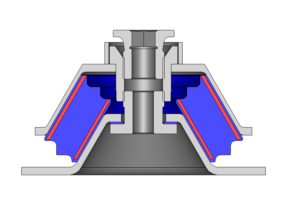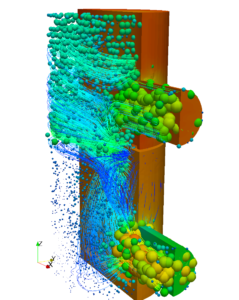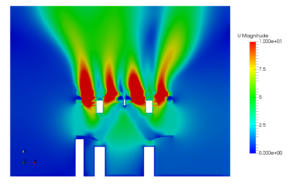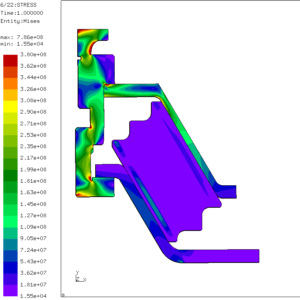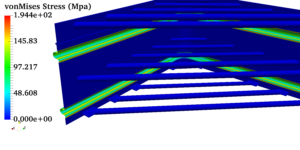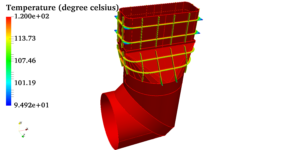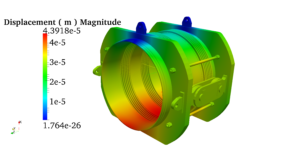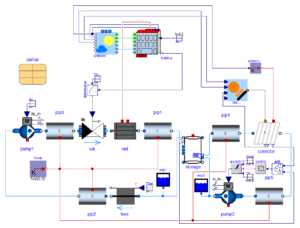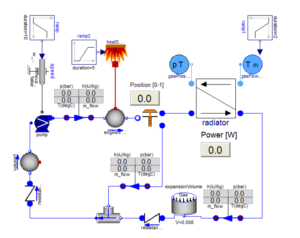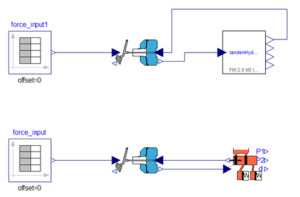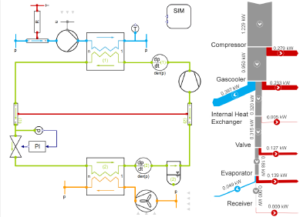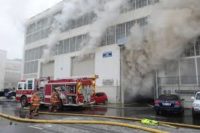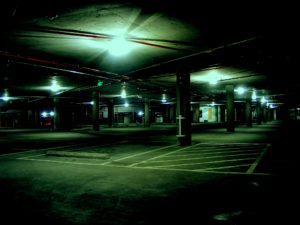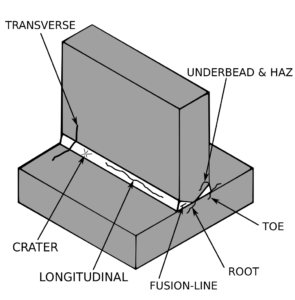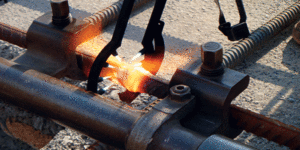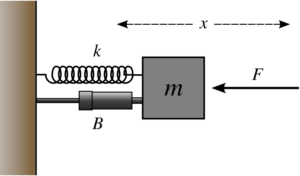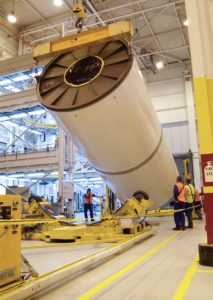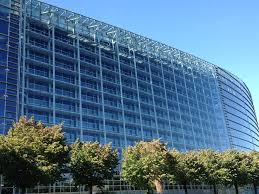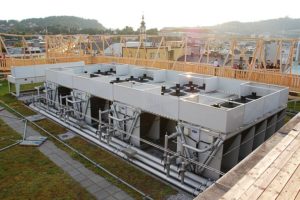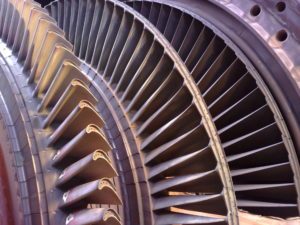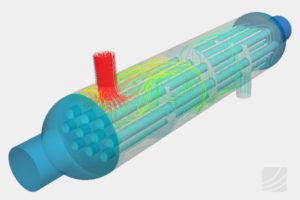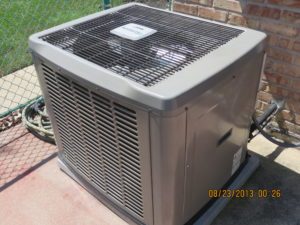Smoke analysis & evacuation simulation : car parking analysis
Smoke Analysis & Evacuation Simulation : Car Parking Ventilation Analysis
Indoor Car parks are generally constructed in multistory apartments, shopping complex, hospitals, theaters and other commercial spaces. The general difficulties that are faced in the indoor car parks under normal conditions are increased level of carbon monoxide concentration and carbon dioxide concentration. In order to bring the concentration levels under control (ventilation) jet fans are used.
Jet fan is the ventilating fan, which is used to throw fresh air into the space in which it is installed to reduce the concentration of unwanted gases under normal condition. Under fire scenario, it acts as a smoke extractor and reduces the smoke concentration by sending the fresh air in the space in which it is installed.
In this case study the car park is analyzed under fire scenario, hence the primary objective of this case study is to understand the flow pattern of the jet fan and the smoke circulation path. The secondary objectives are the smoke density over the entire area, Co concentration and the temperature of the smoke.
Methodology:
In order to understand the situation the layout of the car park and the position of the jet fan is studied. The indoor car park model is created with the scaled dimensions, in which the car and the jet fan are positioned according to the layout. The fire in the closed car park can occur due to various reasons, and so do the car catches fire. When the car or the parts of the car gets ignited, smoke is generated and it travels the entire region in the closed space there by the smoke concentration increases. The smoke and fire is modeled mathematically as it is a low Mach number buoyancy driven flow. Therefore, it can be modeled using Large Eddy Simulation (LES).
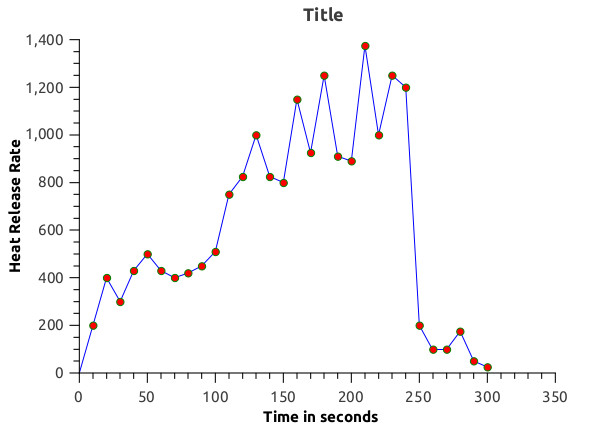
Simulation:
The mesh size plays an important role in getting the accurate results,as all the result depends on the mesh.The heat release rate and smoke yield are the important inputs, which was obtained from the experimental data and given as the input. For the ventilation purpose, and the jet fan volume flow rate was calculated analytically and was given as input for the simulation, such that the simulation was started.
Optimizing The Location Of The Jet Fan:
The required jet fan velocity was found analytically and was given as the input to the jet fan. From the post processing results of the previous stimulation it was identified that an unwanted air circulation was formed in the parking space due to improper location and direction of the jet fan. Therefore, for the given smoke yield the location of the jet fan was optimized to avoid the unwanted circulation of the air and to remove the smoke effectively. The temperature contour and the velocity contour are also obtained for the indoor car park layout.
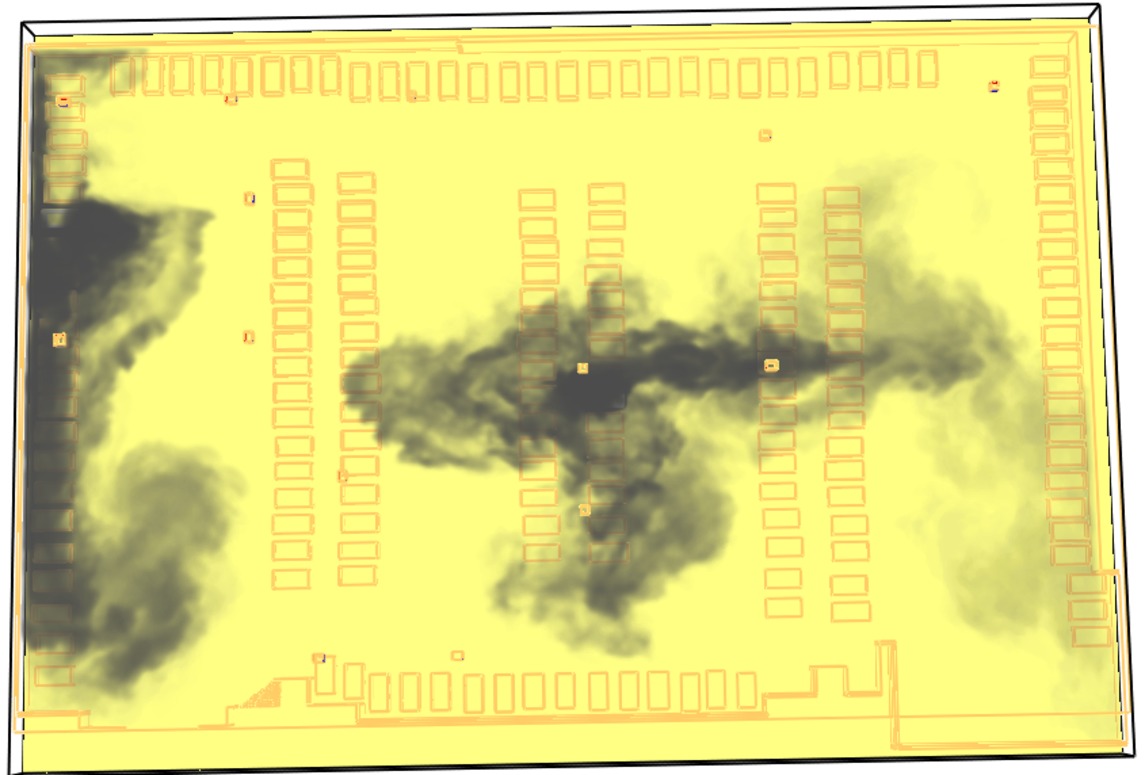
Result and Conclusion:
From the post processing data of the optimized location of the jet fan we could infer that the primary and the secondary objective of the study has been completed more efficiently. The unwanted internal circulation due to the overlapping of the flow from two jet fan at some points are avoided. The smoke propagation in the internal car park was visualized at all points and the smoke density at various location.Smoke density is usually associated with the optical measurement,smoke density is usually calculated in fire scenario to determine the how the visibility is at the fire location.
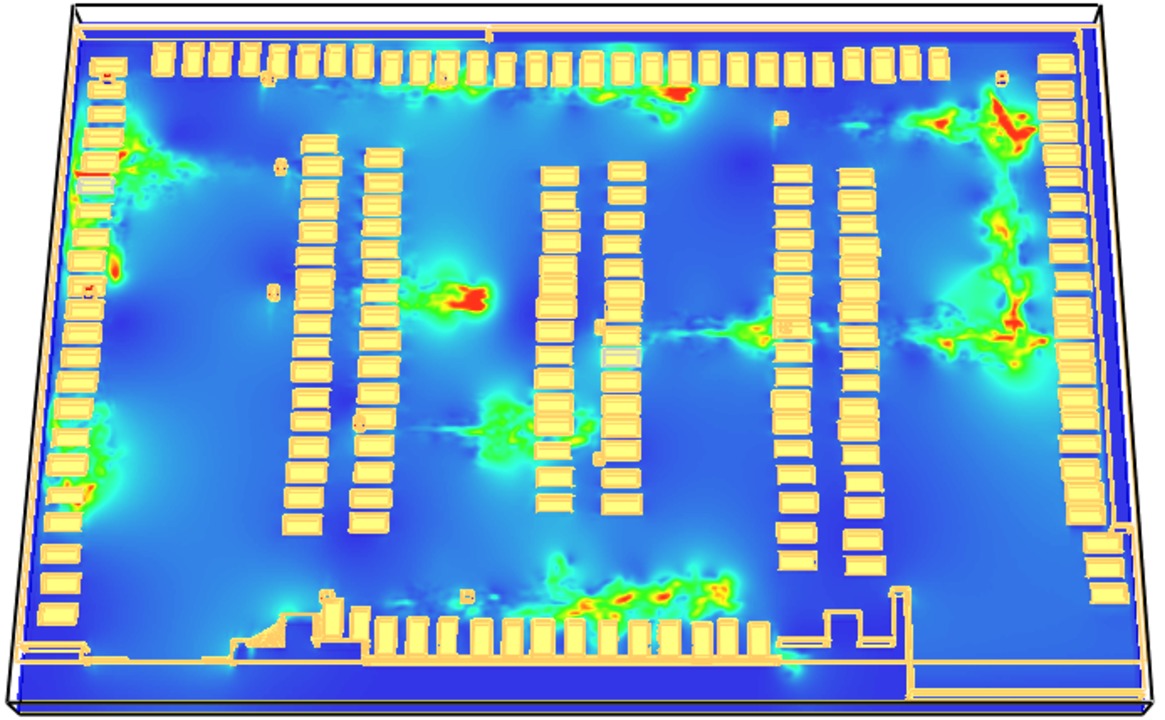
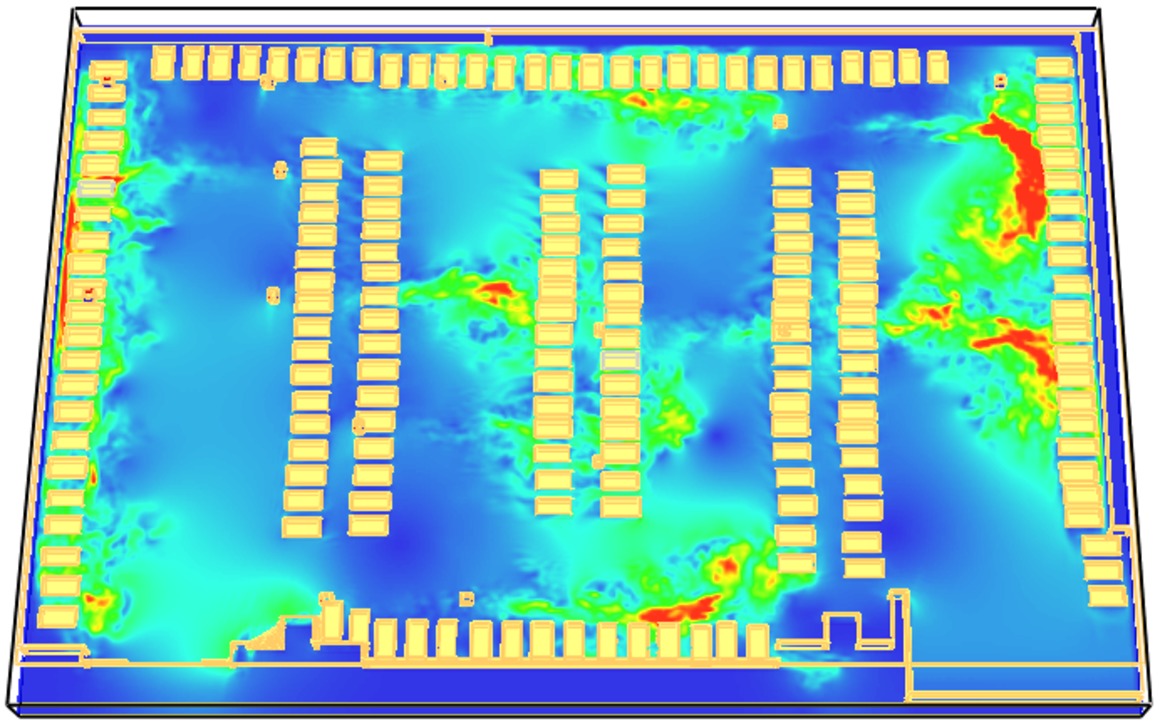

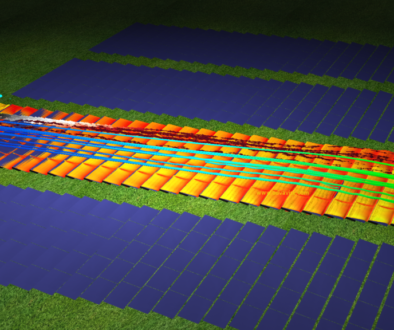
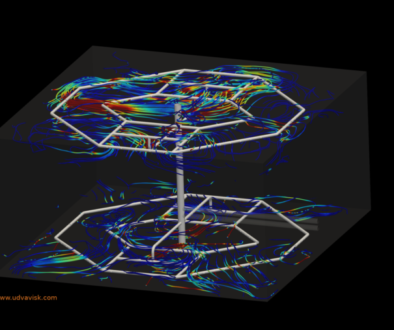
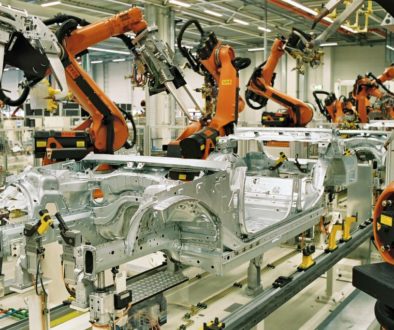
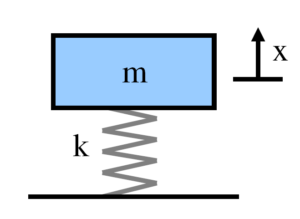
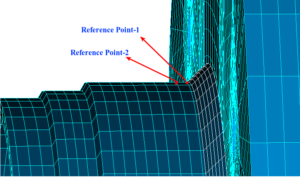
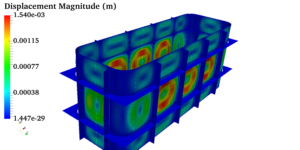 Pressure vessels, pipes, expansion joints etc. are basic equipments for process industries. Pressure vessels are vessels working under internal, external or vacuum pressure, and possibly subjected to high temperature. Proper design and analysis is very important for the pressure vessels, as their failure can cause lot of hazards. Codes/ standards are used in the design phase, followed by analysis to ascertain stresses are within the allowable range. ASME provides wide range of guidelines for the proper design of such vessels.
Pressure vessels, pipes, expansion joints etc. are basic equipments for process industries. Pressure vessels are vessels working under internal, external or vacuum pressure, and possibly subjected to high temperature. Proper design and analysis is very important for the pressure vessels, as their failure can cause lot of hazards. Codes/ standards are used in the design phase, followed by analysis to ascertain stresses are within the allowable range. ASME provides wide range of guidelines for the proper design of such vessels.